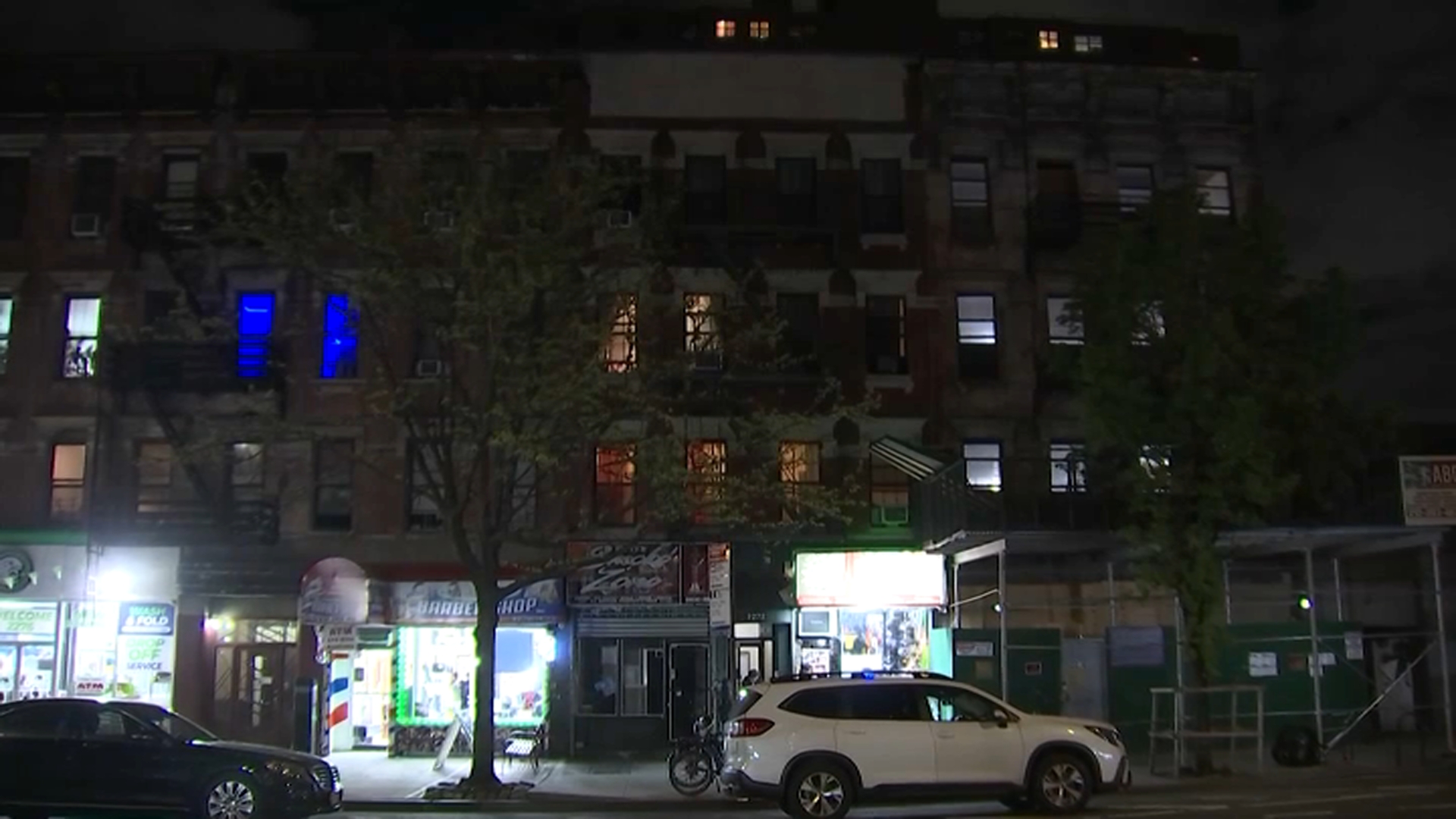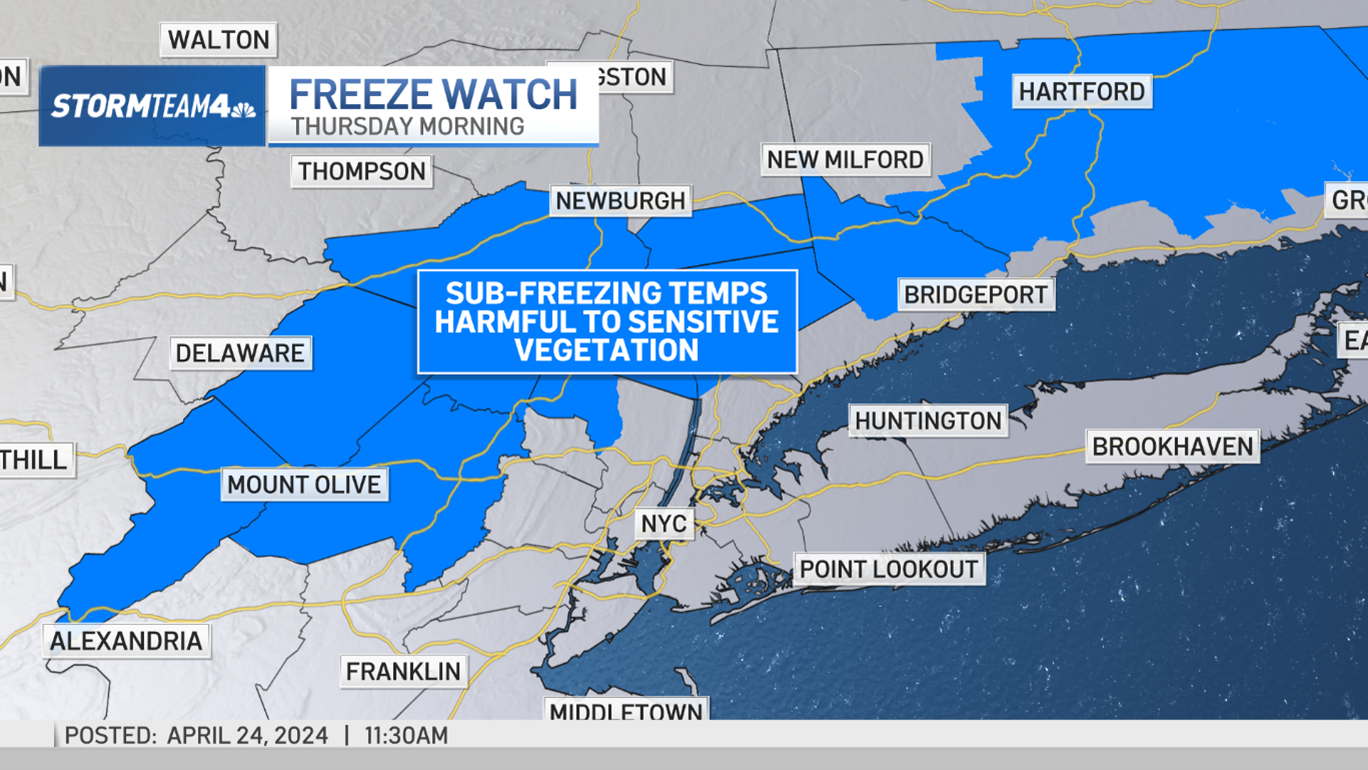What to Know
- The Department of Environmental Conservation said it got two calls about discolored water near the Maid of the Mist dock
- Cuomo says the DEC has ordered the Niagara Falls Water Board to cease any discharges from the agency's sediment basin
- The governor says the DEC has told the board to submit a report on the discharge by Sept. 1
A public water board under scrutiny for a discharge that turned the water below Niagara Falls black and smelly violated quality standards for another discharge 17 days later, New York state officials said Friday.
The Department of Environmental Conservation said it cited the Niagara Falls Water Board for the Aug. 15 discharge caused by a sewer overflow. DEC Commissioner Basil Seggos said the sewage discharge of more than 3.3 million gallons turned the water of the Niagara River "a very murky gray."
On July 29, a daytime discharge from a different part of the system at the treatment plant caused a black plume to spread around the dock for Maid of the Mist tourist boats, below the falls on the U.S. side of the river. The water discoloration, clearly visible to tourists viewing the falls on a sunny day, drew national and international attention.
The DEC is investigating the July 29 discharge, which the water board blamed on a pump being left on too long while emptying a sedimentation basin at the wastewater treatment plant located upriver from the falls. The basin contained residue from the cleaning of carbon filters at the plant. Discharges flow out of a pipe in the New York riverbank near where the tourist boats dock.
The DEC has ordered the water board to cease discharges from the plant's sedimentation basin while the agency investigates the incident. Gov. Andrew Cuomo said Thursday the DEC has told the board to submit a report on the discharge by Sept. 1.
The Aug. 15 sewage overflow was the second and largest of three to occur between Aug. 4 and Aug. 22, the DEC said. While the overflows are permitted under certain circumstances, the Aug. 15 discharge caused "a substantial visible contrast" in the color of the river water, Seggos said.
Local
"This is the first shot over the bow with the water board," he said. "We need to have a bigger discussion, because these types of discharges can't continue like this."
The DEC's notice of violation requires the water board to take steps to evaluate its wastewater treatment system and come up with ways to better handle overflow situations. Failure to do so could result in a fine of up to $37,500 per day, per violation.
"Their system is antiquated and in need of major upgrades and new technology," Seggos said.
Officials with the water board didn't return a call and email requesting comment on the DEC's action.



